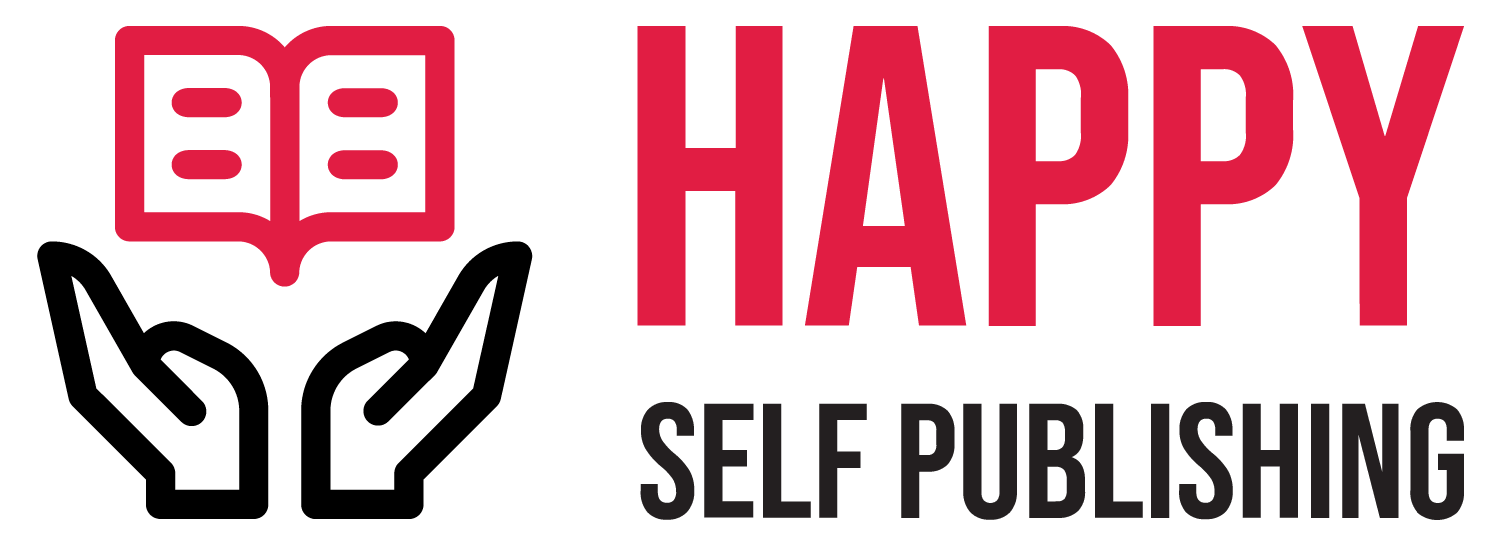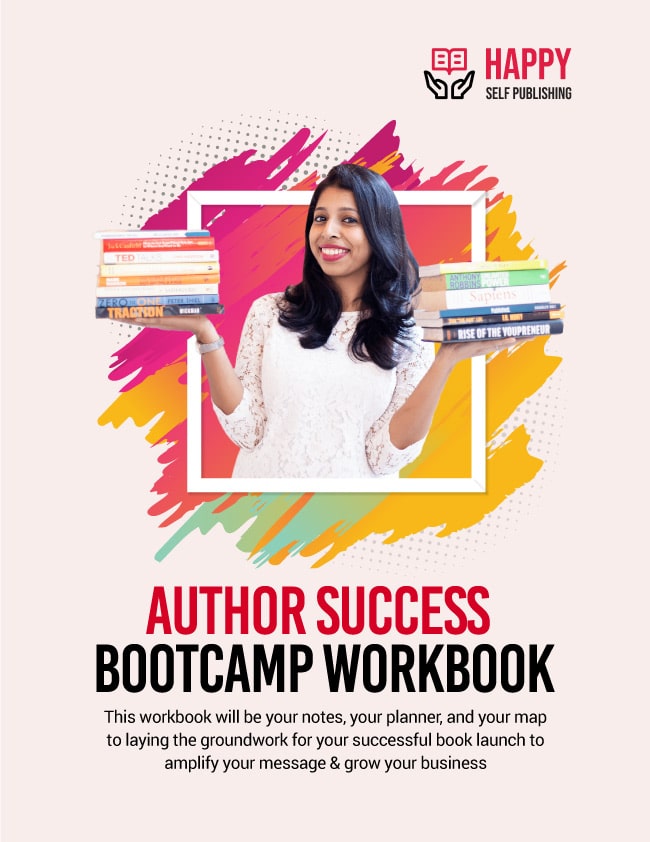As an indie writer with helpful tips and positive stories about life with its ups and downs, you naturally want to reach as many people as possible. Unfortunately, this simple wish can be hard to fulfill if you are competing with the “Rowlings” of the self-help category for the launch of your first book…or the second.
Understand that if a book does not make it to the front page of a best seller list in a given category, it will not likely be discovered by readers. It is like being on the fourth page of Google results. Nobody every goes to the fourth page…
Your goal as a writer/marketer is to fight tooth and nail to position your book on this holy first page best seller list. Which means your book should -neigh- must achieve a rank lower than 50 in every category it is listed on. The math is very straightforward, more exposition equals more chances to sell.
Of course promotion tools are abundant, from social media ads to content marketing, but if your book is listed in a strongly competitive category, the promotion’s effect will be dampened at best. At worst, they will be totally ineffective to push you to the best seller list. Think about it this way: photons travel at the speed of light, yet it takes them hundreds of thousands of years to escape the sun’s bubbling bowl of hydrogen and helium, why? Too many damn atoms in the way. Same principle holds true for Kindle.
Hence the importance of choosing the category that exhibits the best features to allow your book a quiet and peaceful sail towards the top!
Let’s get started shall we ?
Amazon has around 42 unique sub categories related to “Self-help”. Most of these are listed under the main “Books -> Self-help” category, but some are buried deep within categories like Law or Humour.
Before we delve into statistics and numbers, please know that all the information presented here is but an image frozen in time. The exact numbers evolve hourly but the trend and the big pictures remain pretty much the same. You can replicate the analytical using up to date metrics found on the specialized search engine www.kindleranker.com.
What is the least competitive category in Self-help?
Given that books with a rank higher than 50 do not make it to the front page of a best seller list, we can start by looking at the number of sales required to score the 50th rank in each category related to self-help. The higher that number, the more competitive the category. Very straightforward:

Yes you are reading those numbers correctly. You would need around 900 sales a day to barely make it to the main “Self-help” best seller list. The “Success” sub category is just as challenging with its 190 sales/day threshold.
If you are the kind of writer that can achieve such a feat, good on you! Jump to the next chapter to explore more interesting metrics. If like me, your brain goes haywire looking at these sales numbers, then worry not, we just need to scroll past these dizzying numbers until we find something more up our beat:

Much better right? Selling at least 3 books a day on average is well within the means of every writer that puts out quality content and follows through with proper advertising, relevant keywords in the title and description, content marketing, etc.
Possible subcategories candidates therefore include :
As you’re probably starting to realize, in order to take advantage of these lower thresholds, you may find yourself confined to a few narrow sub-categories. You should therefore try your best to find a match that makes sense to your readers. Listing your book about relationships in the “Suicide” category will hardly win you any fans, so please be thoughtful and do not base your decision solely on the sales threshold.
On the other hand, if you are researching your next gig and can cover a wide variety of subjects with diligence and expertise, then this kind of insight is precious as it can help you focus on the most promising categories.
All in all, this first list of 15-20 accessible categories set us on the right path, but we do not have the full story covered yet.
Another key variable to consider: readers’ interest!
Great, now we have a pretty solid idea of the sub categories to target. However, our ranking system is pretty basic. Too basic actually, as it does not take into account an important factor: reader’s interest.
No writer really cares about being the best seller of a category coveted by 12 potential readers north of Alaska (nothing against Alaska, just trying to make a point). So we need to take into account each category’s popularity and adjust our ranking system.
It can be a bit challenging however to measure such an elusive indicator as reader’s interest. How do you quantify such a metric?
One way we approach it at Kindle Ranker is to calculate the median royalties generated by books that sit for 30 days straight in the top 20.
Below is the previous list with the added median monthly revenue:

You can see for instance that the “Art therapy & Relaxation” category, while having the same threshold as “Dating”, promises thee times more revenue. So as an indie writer, it makes perfect sense to favor this former category over the later one.
The median price is interesting as it helps you choose the right pricing strategy for your book. Should you lower your price and thus sell more books, or increase the price but maybe sell less copies.
In “memory improvement” for instance, you can hover between $7 and $9 without shocking any readers. Of course you should use these numbers as guidelines. If you can justify a higher price (maybe you include CDs, course material, etc.) then by all means, follow through.
Below is an image of the upper ranks of the self-help sub categories to make you dream for a little while:

Again we follow the same logic. Why bother listing a book in the main “Self-help” category with its staggering threshold, if we can achieve the same results in the “Personal Transformation” category 8 times more easily. Think of the advertising budget you get to save..
I feel like I should insist, lest I be attacked in comments, that the median revenue is just what it is…a median! Some authors/publishers will make less, others will make more. Moreover, it only applies for books that remain in the top 20 for a whole month. While it may be the case on some rare occasions, most of the time books hop from one position to another almost hourly, making it difficult to hit these numbers. So take it for what it really is: an indicator of reader’s interest, no more.
What about the competition in self-help categories?
Using the metrics we just detailed before I believe we now have a solid grip on which category best suits our needs.
One could wonder though…how many indie writers are successful in self-help categories after all? Are the odds stacked up against you or are you following the right path?
Let’s have a look :

The sub category with the most successful indie writers is “Neuro-Linguistic Programming”, where around a quarter of the books on the top 20 are self published. This is pretty decent, but as you can see, there is really little interest by readers (barely $600 revenue per month) .
What’s interesting is that more than three quarters of the “self-help” categories do not feature any indie book in their top 20 best sellers (as I am writing this article). This is pretty odd since this category is very popular amongst indie writers. Then again these lists evolve pretty rapidly, so maybe you will be the one reversing these odds.
Now what?
Pick a category of course! Except that now you know better than scrolling through the KDP menu looking for keywords you recognize. Hopefully you will follow the same analysis conducted in this article to evaluate which categories best suit your needs and are likely to push your book to the top!
All the data presented above is available at Kindle Ranker should you want to replicate the results or search for your own niche.
Cheers,
About the Author

Alex from KR,
I started Kindle Ranker as a free service to help indie writers find the least competitive kindle categories in order to boost their earnings.
Today, Kindle Ranker tracks 10,000 book categories and move than 200,000 Amazon best sellers.







